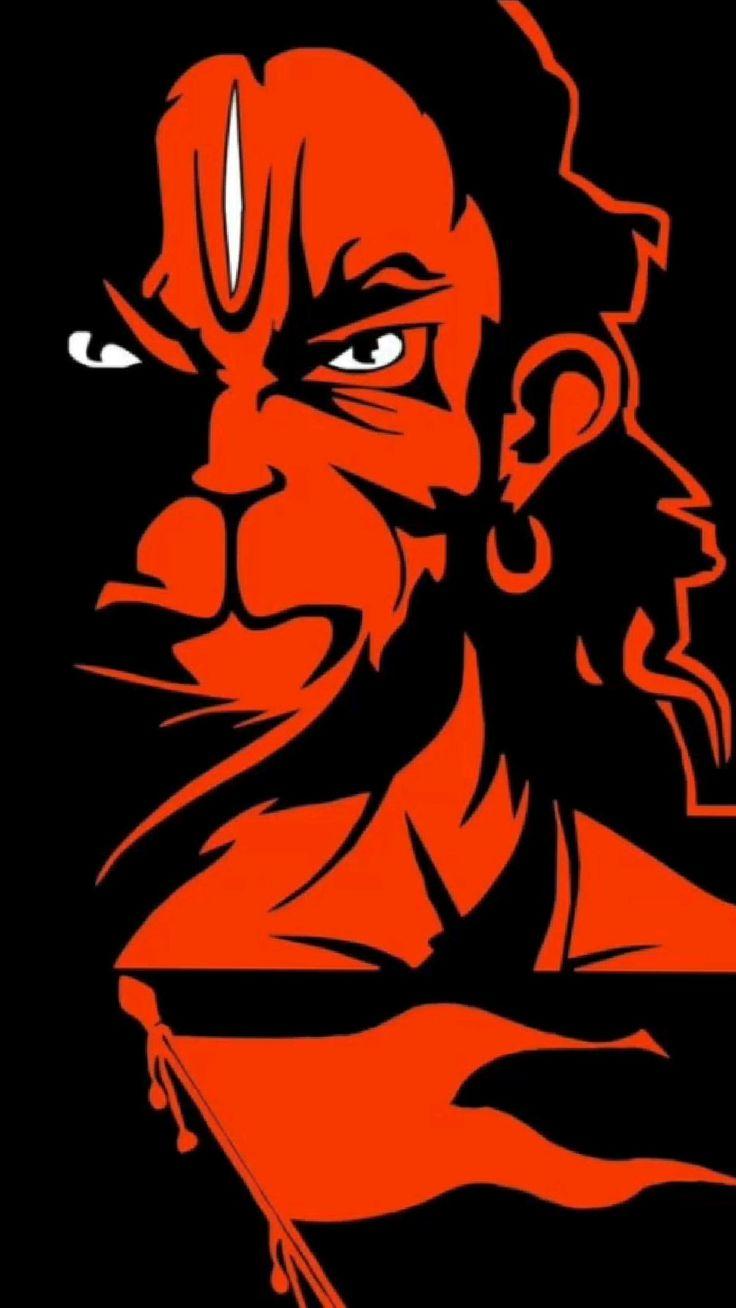We’ve all applauded the hoisting of our flag and also proudly worn it on our chests. However, how many of us actually know the true significance of the colours in it? Every colour on the Indian national flag signifies an important part of the Indian tradition, history, vision and culture.
Saffron in the Indian Flag stands for:
The uppermost colour of our flag, Saffron denotes the strength of our country. It stands for our courageous history and the sacrifice of our freedom fighters.
White in the Indian Flag stands for:
The White colour in the middle band of the flag symbolizes the path of truth, honesty and peace that India will take. This colour also stands for cleanliness and knowledge.
Navy Blue in the Indian Flag stands for:
The Navy Blue Dharma Chakra in the middle signifies the “wheel of law” made by the 3rd century BC Mauryan Emperor Ashoka. It shows that there is life in movement and death in stagnation.
Green in the Indian Flag stands for:
The lowermost green band of the flag denotes the fertility, growth, development, and auspiciousness of the land. It symbolizes the value of our land that life is dependent on.
Now that you’ve got to know the colours, here are some more interesting facts about the Indian flag:
- The Indian flag must be made of Khadi by law which is a special type of hand-spun cloth of cotton or silk, popularly made by Mahatma Gandhi.
- The Indian flag was designed by an agriculturist and freedom fighter of India - Pingali Venkayya.
- The Indian flag was unfurled by Dr. Rajendra Prasad more than 70 years ago on January 26, 1950 to mark the historic birth of the Indian Republic.
- The Indian flag was adopted on July 24, 1947 when India gained independence from British rule.
Share your thoughts with us in the comments below.
Did you find this article interesting?
Leave a comment
Comment added
Comment updated
Comment deleted
More inspiration
“
“Art heals all my feels.”






